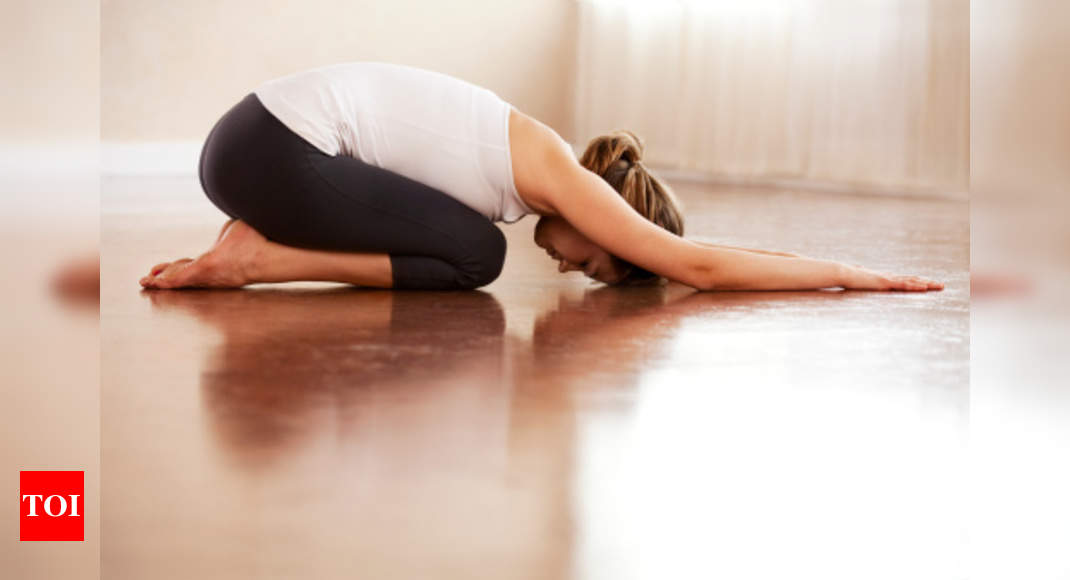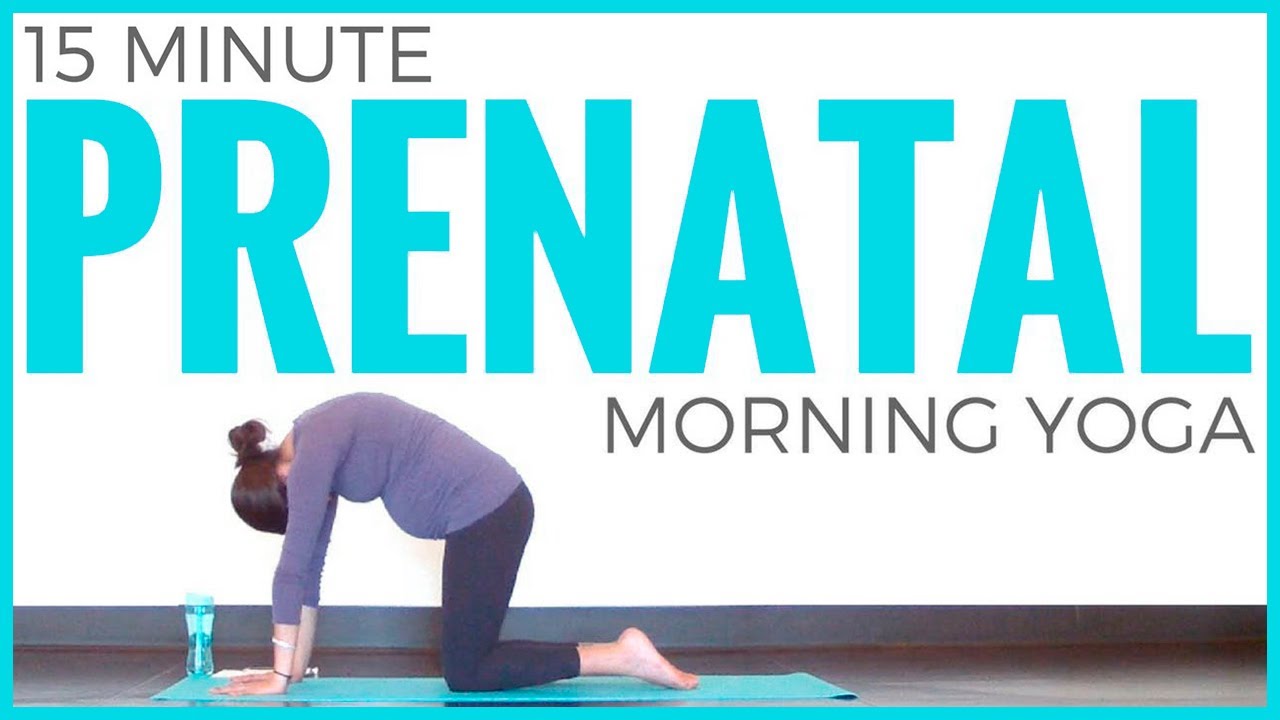
Before you try the shoulder stand, make sure you have a healthy body and mind. It is best to avoid the shoulder stand for people with neck injuries, high blood pressure, headaches, and other health issues. It is also not recommended for women during their menstrual cycle. Talk to your doctor if you are unsure about your ability to do the shoulder stand. A 3-week yoga retreat is a good option if you aren't sure how to do the pose. This course will show you how to perform basic yoga poses such as the shoulder stand.
Salamba Sarvangasana
Salamba Sarvangasana, a vital yoga pose, is important. It can help control body weight and strengthen the core. It balances the nervous, circulatory and respiratory systems. It reduces the risk of varicose veins and lowers blood pressure.
It is considered to be the mother of all asanas. It requires a lot of practice to perform and achieve a high level of lift. Once practiced, it becomes a quieting posture. Beginers should practice it at the beginning of the sequence.
Stand on your shoulders
Shoulder stand is a foundational yoga pose, which is a good choice for people looking to strengthen their backs and shoulders. To begin, place your hands shoulder-width apart and parallel to the floor. Begin the pose by walking your hands up the back and straightening your legs, while keeping your back and shoulders flat. The pose should be held for 10 seconds. You may need to practice this pose for 10 minutes if it is difficult.

As you slowly work your way up to the full shoulder stand, you should make sure that you do not strain your neck. You should avoid tightening your legs. Tense legs can prevent blood from properly draining. Also, avoid pointing your fingers or raising your head. You should also remember that shoulder standing is not appropriate for elderly or injured people.
Shoulder stand pose with props
Teaching shoulder standing poses safely takes both effort and time. Props can be used to support the neck, shoulders, and make the pose more accessible to those with physical limitations. To keep the shoulders from collapsing on the neck, props can be as simple and as basic as a blanket or strap.
For shoulder support, folded towels and blankets are great. The blankets will be thicker and more stable if the edges are folded. Place your head just in front the edge of each blanket. As you practice the pose, your shoulders might shift. Be aware of this.
With blocks, you can make a shoulder stand
Using a shoulder stand with blocks helps you achieve a more stable shoulder stand. These blocks are made with natural rubber and can be very supportive. They also allow you to do other yoga poses like seated twists and supported back bends. You can choose between two sizes: small or large.
Stand on your feet and place a block underneath your sacrum (the triangle-shaped bony region at the base of the low back and pelvis). Your hips should be pointed towards your chest, your knees should be bent, and your hips pressed in towards your chest. When you feel comfortable, lift your knees and lower back to bring your hips to the mat.

Toss blankets on a shoulder stand
You can use blankets or foam blocks to support your shoulders while you practice shoulder standing. Make sure that the blanket's raised section is sufficiently wide and level. Also, stack the blankets so that the edges all face the same direction, which will make them more stable. This will prevent your neck getting sore or sagging.
Your sacrum can be supported by blankets or blocks. To do this pose, align your shoulders to one side of the blanket and raise your head to reach the opposite side. Once you are comfortable, extend one leg and place it on the chest. Next, breathe in and around the other knee. You can also face a wall, if you have difficulty balancing.
FAQ
What is the best way to start yoga?
You will need a mat (some are foldable), some loose clothing, and a towel or blanket to place under your head while lying down.
You may also need props like blocks, straps or bolsters, blankets, towels, or blankets for specific poses.
In general, however you won't need anything. If you're interested in starting yoga, you need a desire to make positive changes in your life and a willingness to commit to the process.
Can yoga help you stop smoking?
Yoga can help smokers quit smoking. It makes people feel healthier, both mentally and physically. It can help reduce excess weight. This could make it possible to stop smoking.
How does yoga impact mental health?
Yoga is an ancient practice that originated in India. It was originally used to help people relax and relieve stress. Yoga is used by many people to cope with anxiety, panic attacks or chronic pain.
Yoga may help relieve symptoms such as arthritis, backaches, headaches, high bloodpressure, and arthritis. Yoga has been reported to make people happier and more calm.
Is it hard to do yoga?
It depends on the type of yoga that you practice. Vinyasa flow, or power yoga, involves a lot of twisting and turning movements. As a result, it's common for people to sweat heavily while practicing.
Hatha yoga, on the other hand, focuses more on forwarding bends or twists. Because these poses aren't very strenuous, most practitioners won't experience heavy perspiration.
Can I do Yoga every day, even as a beginner?
Yoga is a wonderful way to strengthen your body. It is also a great way to relax and release stress. To start yoga regularly, you don't need to be an expert. Yoga for beginners should be done three times per semaine, for 20 minutes.
This is enough time to get started. After that, you can gradually increase the time you spend practicing.
After I do yoga, will my clothes still fit?
Most likely yes. Many yoga pants are elastic at the waist and stretch when worn. They should be comfortable enough to wear while you work out, but not too restrictive.
If you have recently lost weight, finding yoga pants that fit properly might prove difficult. If this is the case, consider wearing shorts or leggings instead.
Yoga is good for people with chronic conditions.
Yoga may help people with chronic illnesses such as diabetes and heart disease by improving overall fitness, reducing stress, and increasing flexibility.
Yoga is also beneficial for many other conditions like arthritis, asthma, depression, fibromyalgia and high blood pressure.
Statistics
- About one in seven U.S. adults practiced yoga in the past 12 months, according to a 2017 national survey. (nccih.nih.gov)
- A 2020 review of 27 studies (1,805 total participants) of yoga interventions in children or adolescents found reductions in anxiety or depression in 70 percent of the studies, with more promising results for anxiety. (nccih.nih.gov)
- The people in the yoga group were 37 percent more likely to have quit smoking by the end of the 8-week program. (nccih.nih.gov)
- Start your Fall off right with 20% off All Access Membership when you sign up by 9/25! (corepoweryoga.com)
- According to the Agency for Healthcare Research and Quality, falls are incredibly common among older adults in nursing facilities. Even the simplest ones can increase the risk of death (24). (healthline.com)
External Links
How To
Is yoga a good fitness exercise?
Yoga isn't for people who just want to lose weight. It can also help you achieve flexibility, balance, coordination and strength.
Yoga isn't just exercise, but an art form. They are used to relax and meditate. They improve posture, concentration, and respiration.
Yoga is a practice of yoga. Yogis follow various forms of yoga, including Hatha, Ashtanga, Iyengar, Vinyasa, Bikram, Kundalini, Yin Yang, and Restorative.
There are many types of yoga, but they all have similar goals. Each type focuses on different aspects of health and wellness. Yoga styles that include meditation, pranayama, or Hatha are all examples.
There are some yoga movements that don't require equipment.
-
Sun Salutation - This series of 12 postures starts with a forward bend, followed by 10 other poses.
-
Warrior pose - A warrior pose can be achieved by holding a stick/staff.
-
Triangle Pose – This is a pose where you raise one leg behind your head and bend at the knee.
-
Standing Forward Bend: This pose involves sitting straight up on the ground and folding forward at your waist.
-
Seated Twist – This pose can be performed while seated on either a chair or a mat.
-
Cobra Pose - This pose is performed lying flat on your back with arms overhead.
-
Child's Pose: This is a pose where the child lies face down on the ground.
-
Cat/Cow Pose (Cat/Cow Pose) - This combination is similar to a cow or cat pose. Your upper body should be lifted off the ground while you are lying down. Next, roll onto your back and place both of your hands under you shoulders.
-
Head Tilt--This pose requires that you tilt your head back with your eyes closed.
-
Shoulder Stand - This pose is standing upright with feet and arms raised above your head.
-
Tree Pose- You can achieve this pose by kneeling on one knee with your hands under you shoulders.
-
Bow Pose – This is when you bend forward from your hips and place your hands on the ground.
-
Corpse Pose – This pose can be held for up to five minutes.
-
Mountain Pose - The mountain pose is where you stand tall while your spine is straight.
-
Legs up the Wall Pose – This pose involves hanging upside down from a wall.
-
Side Angle Pose: This pose involves leaning against a wall, putting your right hand next to the wall, and then extending your left arm.
-
Plank Position – This is when you lay flat on your stomach, extend your left arm out and place your right foot in front of each other.
-
Bridge Pose – This is a pose where you balance on your elbows, and toes.
-
Reverse Table Top Position - You can achieve this pose by lying on your stomach and reaching towards the ceiling.
-
Handstand – This pose requires strength and balance. Hold yourself in between two walls or use a door frame to do this pose.
-
Half Moon Pose is also known by the name Hero Pose. You can perform it by standing on your hands or toes.
-
Headstand (or Handstand), - This pose requires great balance and strength. This pose is possible on a brick wall or on a doorframe.
-
Forearm Balance -- This pose involves your forearms resting on top of a tabletop.
-
Spinal twist - This is a pose where your belly lies while your arms reach your arms.
-
Supported bound angle pose - This pose needs support and balance. To support your body, you will need to locate a strong object such as a tree branch or an old beam.
-
Wide Leg Forward Fold – This is achieved by extending your legs out and touching your toes.
-
Single Pigeon Pose -- This pose is similar in style to the forward fold with one leg, but it only involves one leg.
-
Extended Puppy Dog Pose - This pose is very relaxing. It's done by extending your legs outward and bending your knees.
-
Seated Forward Bend - This pose is sitting cross-legged and stretching your hamstrings and calves.
-
Crow Pose: This pose is very difficult, but it's rewarding once you get the hang of it. This is achieved by elevating your arms above your head, and then lowering your arms until they are parallel to the ground.